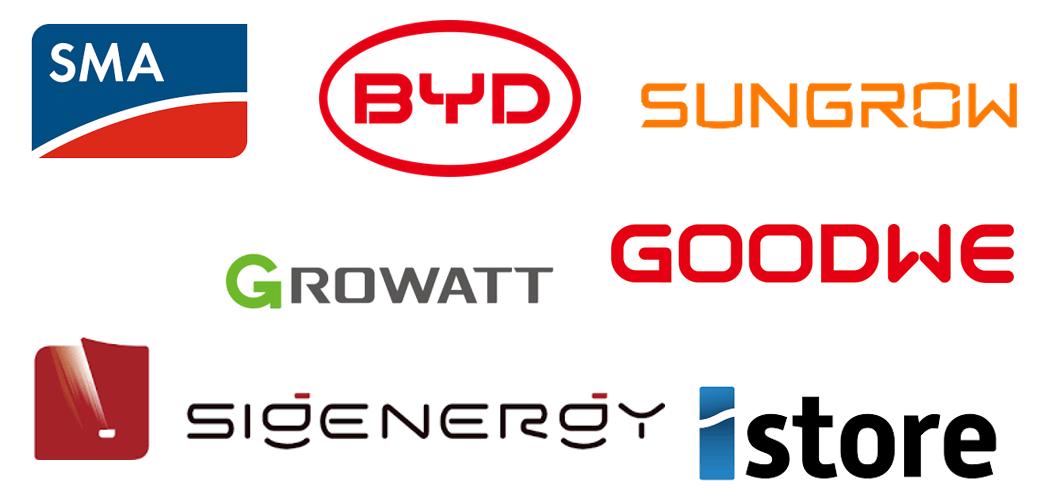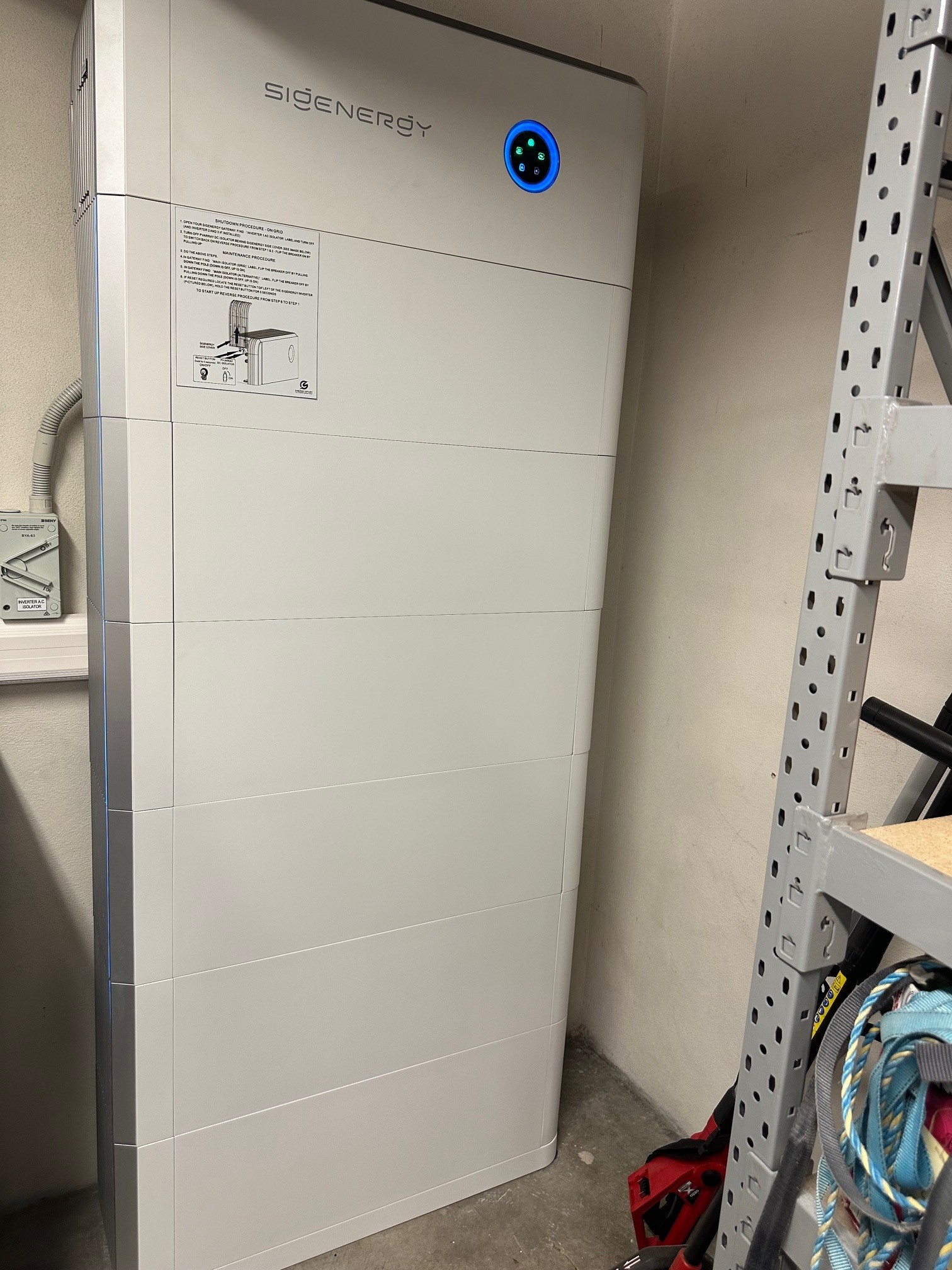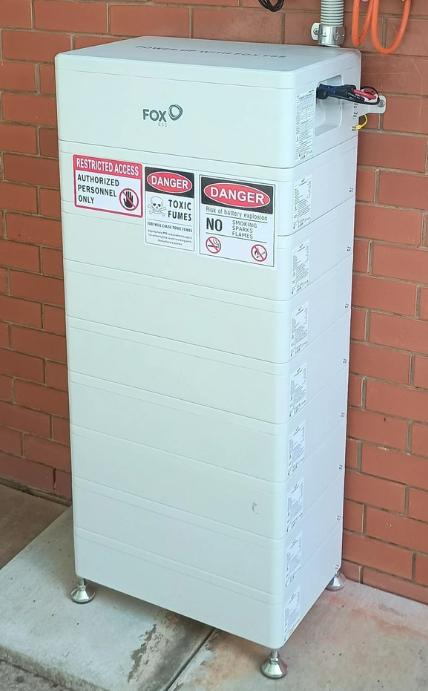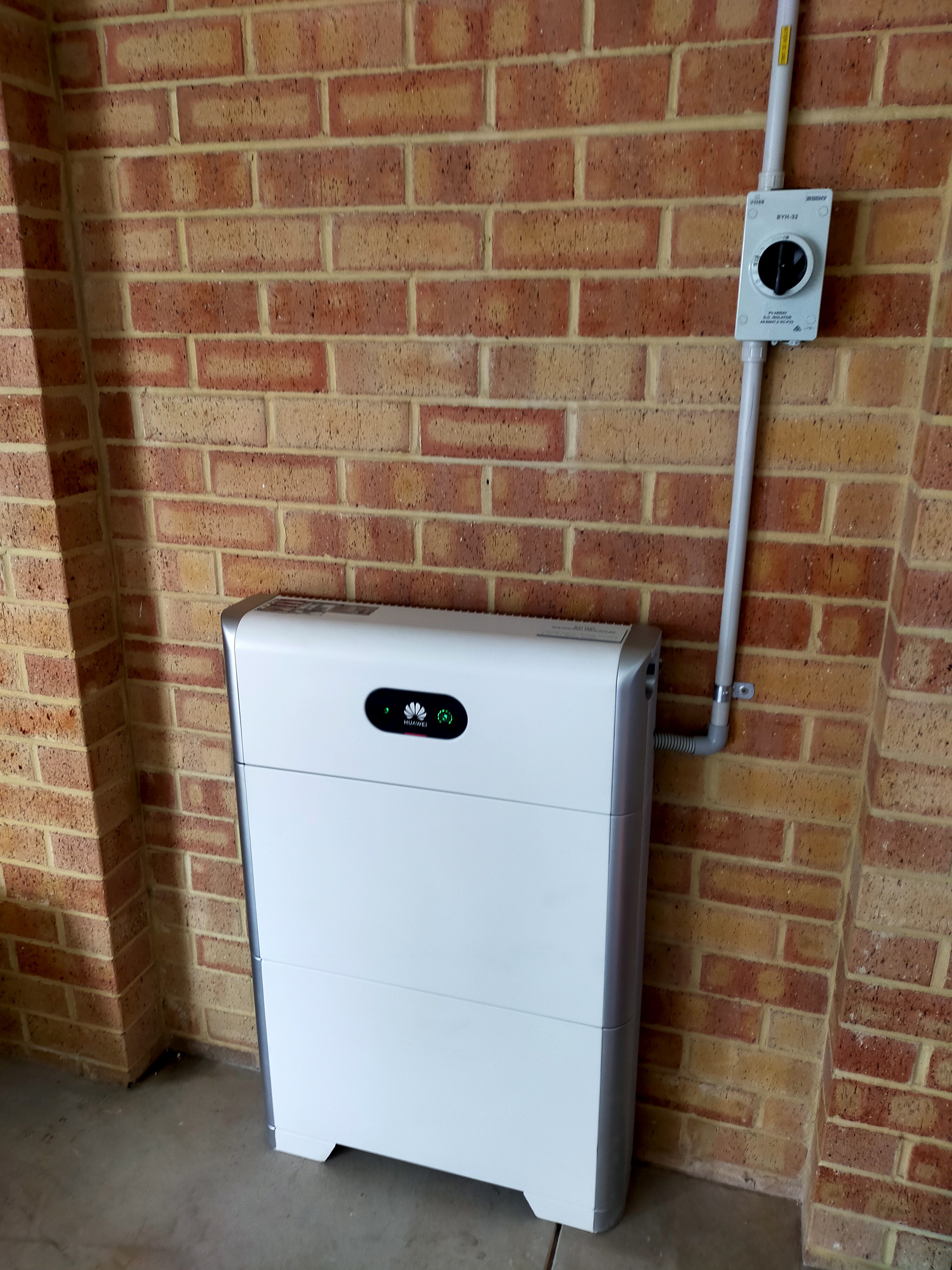
Updated January 2026
CEC Approved batteries
If you want the battery subsidy then your chosen battery must be Clean Energy Council (CEC) approved.
There are 56 pages, at time of writing, of CEC approved batteries.
I've listed most of the brands below...
Energizer, Solplanet, Alpha ESS, Anker, Neovolt, CALB, CEEG, Dyness, Hinen, Enphase, ESY, Evantra, FOXESS,
Franklin, Fronius, GCL, Midea, Goodwe, Felicity ESS, SAJ, Hiconics, Hoymiles, Huawei, Roypow, iPotisEdge,
iStore, RCT Power, eCactus, JinKo, LG Energy, Deye, Pylontech, Haier, Nahui, Redback, Red Earth, Redx, Renon,
Chelion, Chint Power, Bytes, Swatten. Sigenergy, BYD, GivEnergy, Growatt, GSL Energy, OLiPower, Smart Lifestyle,
SMA, Eveready, Ambrion, Solaredge, SolaX, Soltaro, Sonnen, SRNE, Sungrow, Sunsynk, Stealth Energy, Akai Energy,
Tesla, Altius, Star Charge, Weco, Xess, Kehua, TNK, HYXi Power, ZRGP, ZYC Energy
Now you look like a pretty sensible person to me, so let me ask you this...
How many do you think will survive the typical 10 year warranty obligation?
Our population is a mere 27 million. Not large enough to support all those brands.
I agree with you. Very few of them will still be here in 10 years time.
Once battery subsidies are gone and demand has returned to normal, many/most will leave.
We saw it with early solar inverter manufacturers.
This presents a HUGE problem for Australian retailers/installers like us.
We have this pesky thing called Australian Consumer Law (ACL).
If we sell you something then we are legally required to honour the manufacturer warranty.
Even if the manufacturer has gone bust, or just fled the country.
So how do we pick winners from that list?
If we pick a loser and their batteries start failing, we would be out of business very quickly.
Bad for us. Bad for you too.
There is no guaranteed solution.
We have to do a lot of research and err on the side of caution.
A cheap battery may be easy to sell today, but a disaster waiting to happen.
Safer bets.
The brands I have highlighted in bold above are what I think are the least likely to go.
Indicative prices for popular brands and sizes...
Sigenergy : $596/kWh if installed Jan 1st to April 30th 2026.
Sigenergy : $667/kWh if installed May 1st - December 31st 2026.
Fronius : $649/kWh if installed Jan 1st to April 30th 2026
Fronius : $719/kWh if installed May 1st - December 31st 2026
iStore : $769/kWh if installed Jan 1st to April 30th 2026
iStore : $835/kWh if installed May 1st - December 31st 2026
Goodwe ESA : $522/kWh if installed Jan 1st to April 30th 2026
Goodwe ESA : $594/kWh if installed May 1st - December 31st 2026
FoxEss IQ4800 : $417/kWh if installed Jan 1st to April 30th 2026
FoxEss IG4800 : $500/kWh if installed May 1st - December 31st 2026
Prices are after deducting Federal battery subsidies as explained here...
What's a kWh?
Your oven might draw 2kW of power.
If you roasted something for an hour it will use 2kW for one hour = 2kWh.
If you had a 20kWh battery then the oven would have taken 2kWh from the battery.
Not all things are equal in a battery.
The cells inside are always (currently) Lithium Iron Phosphate.
The cells are probably all manufactured by one of these; CATL, REPT, EVE and BYD.
It's entirely possible that the entire battery is made by a 3rd party.
Brands may have different outer-casings, but inside, all the same.
That means a defective component can affect dozens of brands.
We saw that in the early days of solar inverters.
The same cheap relay inside caused multiple brands to fail.
Nobody knows which batteries will fail.
Huge brands like LG and Tesla have had plenty of problems and recalls.
It's more likely, of course, that a cheaply constructed battery will fail.
As with solar inverters years ago, it will take a few years before we know.
Some batteries have fire extinguishing aerosols, or smothering bags.
Lithium Iron Phosphate is considered a safe chemistry, but extra safety in our homes cannot hurt.
Most batteries are a simple series-connected stack with a BMS (battery management system) on top.
The entire stack is charged and discharged as one unit.
A better setup is to have each battery acting as a law unto itself, charged and discharged independently.
This treats the battery better, undoubtedly prolonging it's life expectancy.
It also allows new batteries to be added later to an existing stack without being 'dragged down' to the old battery level.
Sigenergy and iStore have batteries that operate like this.
If you are getting a standard series-connected stack of batteries then my recommendation is to get MORE than you want.
The idea is that you fill the battery to the top on day 1 and then drain it by about 50-60% only.
This treats it much better and will greatly extend it's life in the same way.
Most batteries are series-connected and some of them are cheap enough, with Government subsidies, to affordably 'over-size' like this.
Backup power during a grid outage.
Just because you have a battery doesn't mean you have backup power during a grid outage.
You need some extra electrical components and a lot of labour to get 'backup' when the grid goes down.
When the grid fails the inverter running the battery is legally required to 'island' itself from the grid.
Then an ATS (a contactor or 'big relay') kicks in to switch power to circuits from the grid to the inverter/battery.
This usually takes a few milliseconds, but sometimes it is immediate (like a UPS).
Sometimes the ATS is built-in to a hybrid solar inverter, and sometimes it is inside a separate box (often called a Gateway).
"Whole House backup" means that the entire house supply is running into and out of the 'Gateway'.
This means some very large and expensive cables are needed (16mm single phase and 6mm three phase)
That's why everyone says the Gateway must be installed next to the switchboard.
Of course it doesn't really have to be there, but it will cost you about $20 per metre to have it elsewhere.
($10 per meter from the switchboard to the Gateway and $10 a metre coming back)
"Partial backup", or "essential loads backup" is usually the type offered by brands who don't have a 'Gateway'.
A smaller capacity cable is run from the hybrid/battery inverter to a changeover switch in the switchboard.
Selected circuits (usually the kitchen outlets and lights) are wired to that changeover switch.
The changeover switch is there so that if the inverter fails you flick the switch to get power to your circuits from the grid.
Gateways usually, but not always, have an in-built changeover switch. It's often called a 'bypass switch'.
RCD protection on backed up circuits.
Thanks to the amazing Jason from Joondalup Electrical Services and his YouTube video, we are all losing our minds over this one.
Whilst the regulations have been in Australian standard AS/NZS 3000:2018 Clause 2.6.3.2.2 for a couple of years,
we, meaning almost the entire industry, are only now aware of the implications and it's very costly...for you !
In a nutshell, if a circuit is backed up it must be RCD protected with a Type 'A' RCD.
Therefore 'whole house backup' means EVERY circuit must be so protected.
Type AC RCDs are not allowed.
In a partial backup situation then only those backed up need RCD Type A protection.
However, they must be grouped together in the switchboard or better still in an adjacent separate board, and labeled.
The cost of replacing a single phase circuit breaker with an Type A RCBO is typically $100 and double that for three phase.
(An RCBO is a space saving combination of an RCD and a circuit breaker).
Another way to do it is have one Type A RCD protecting 3 circuits. A bit cheaper but uses more space in the switchboard.
I am going to make a YouTube video myself on all of this when I get time, but right now, we are madly contacting upcoming installs with the bad news.
Best battery brand recommendation.
Sigenergy and iStore.
Budget battery brand recommendation.
FOXESS - their new EQ4800, not the earlier stuff.
Review here.




This review was written by Andrew MacKeith, Solar4Ever service manager since 2011.
